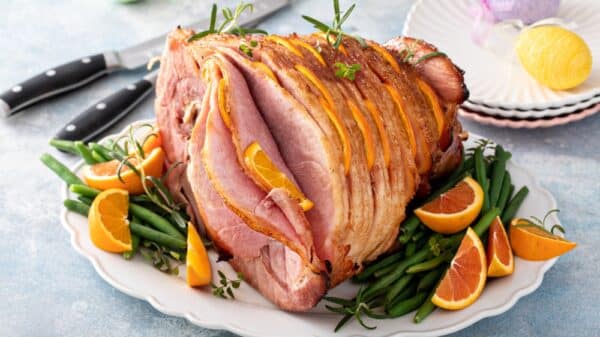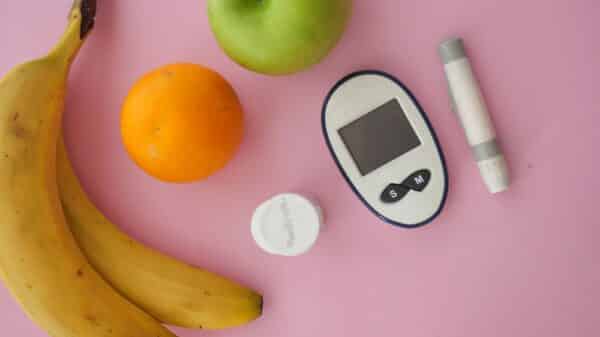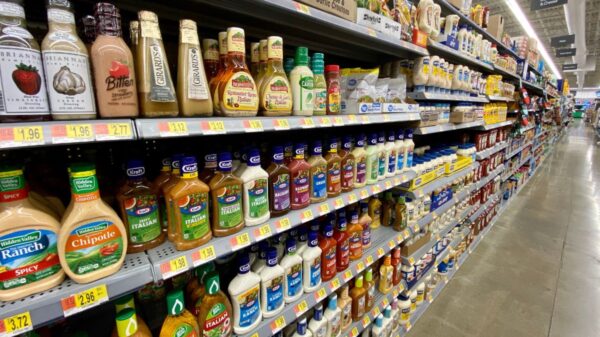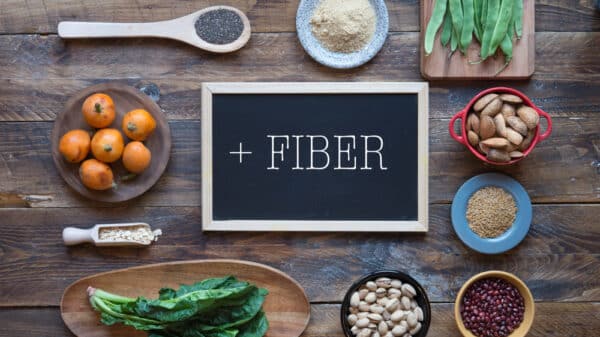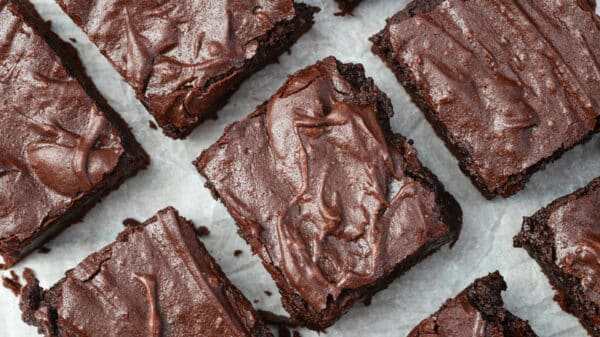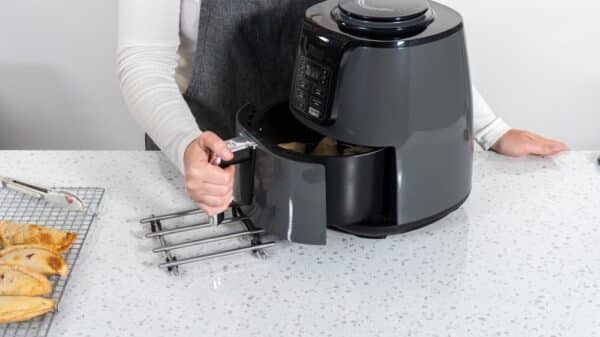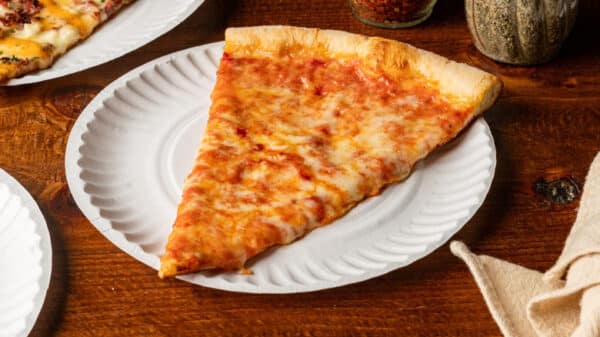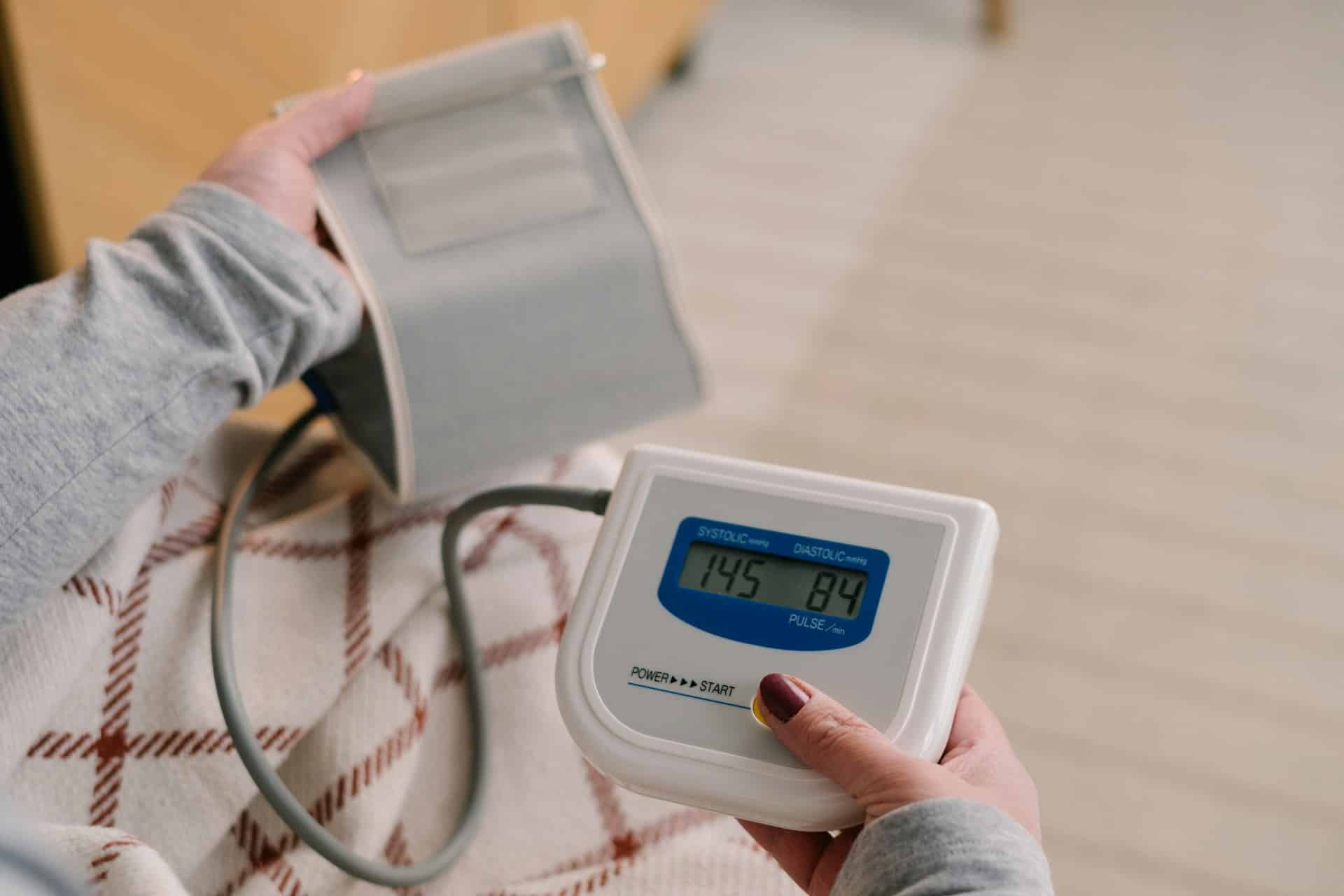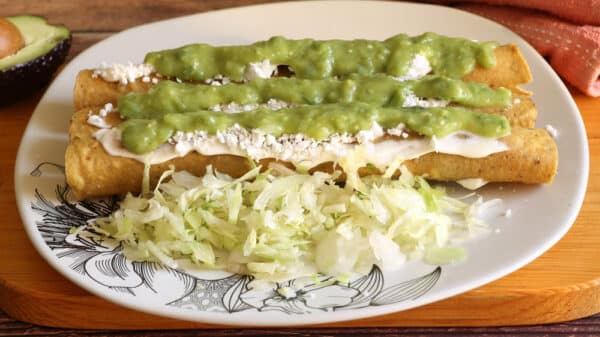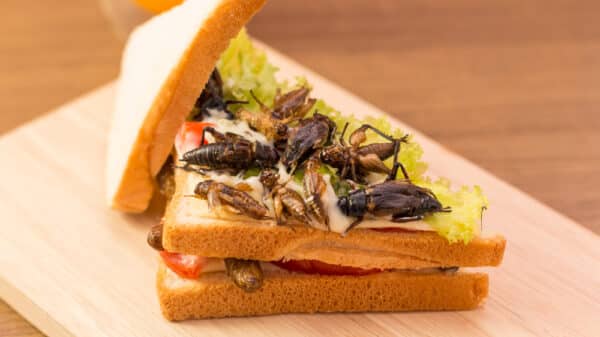High blood pressure, or hypertension, is often dubbed the “silent killer” since many individuals remain unaware of their condition until serious issues arise. Defined as a consistent reading above 120/80 mm Hg, hypertension can lead to severe health complications, including heart attacks, strokes, and kidney damage. By recognizing the signs and taking proactive steps, you empower yourself to manage your health effectively.
The Importance of Lifestyle Changes
Maria Elena Fraga, a registered dietitian, emphasizes the necessity of lifestyle modifications for those diagnosed with high blood pressure. Understanding that your diet, exercise routine, and weight play pivotal roles in blood pressure management can serve as a driving force for personal health improvement.
Key Dietary Changes to Implement
1. Reduce Sodium Intake
Excessive sodium consumption is one of the most significant contributors to high blood pressure. The American Heart Association suggests limiting sodium to 1,500 milligrams per day for those dealing with hypertension. Processed foods, such as canned soups and frozen dinners, often contain hidden sodium that can sneak into your diet. To combat this:
– Swap Salt for Herbs: Use garlic, lemon juice, or fresh herbs to enhance flavor without sodium.
– Read Labels Carefully: Aim for foods with 5% or less of the daily value for sodium to keep your intake in check.
2. Increase Potassium-Rich Foods
Potassium helps counterbalance sodium’s effects by promoting sodium excretion and relaxing blood vessel walls. Adults should aim for 3,500 to 5,000 milligrams of potassium daily. Foods rich in potassium include:
– Fruits: Bananas and oranges
– Vegetables: Spinach and sweet potatoes
– Legumes: Lentils and beans
3. Home Cooking
Cooking at home allows for greater control over meal ingredients and sodium levels. You’re more likely to use fresh, unprocessed ingredients when you prepare meals yourself. Here’s how:
– Focus on Whole Foods: Incorporate fresh fruits, vegetables, and lean proteins while avoiding fried and overly processed items.
– Plan Ahead: Meal prepping can help keep sodium low when time is scarce.
Incorporating Healthy Eating Patterns
Explore DASH and Mediterranean Diets
Both the DASH (Dietary Approaches to Stop Hypertension) and Mediterranean diets are excellent approaches for managing hypertension.
– DASH Diet: It emphasizes fruits, vegetables, whole grains, and lean proteins while limiting saturated fats and sugars—aimed specifically at reducing blood pressure.
– Mediterranean Diet: Rich in whole grains, legumes, nuts, and healthy fats like olive oil, this diet also promotes heart health and lowers blood pressure.
Lifestyle Adjustments Beyond Diet
Dietary changes are crucial, but they should be complemented by other lifestyle considerations:
– Physical Activity: Regular exercise helps lower blood pressure and improves heart health.
– Stress Management: Techniques such as meditation, yoga, or deep breathing can decrease stress levels, which is beneficial for blood pressure control.
– Sleep: Ensuring adequate sleep can play a significant role in maintaining healthy blood pressure levels.
If after making these changes your blood pressure remains elevated, consulting a healthcare professional is important. They can provide tailored advice and may discuss medication options if necessary.
The Empowering Journey Ahead
Managing high blood pressure is not just about restriction but also about taking proactive steps towards a healthier lifestyle. Making informed dietary choices, cooking at home, and incorporating lifestyle habits can lead to substantial health benefits. Each small change can be a step toward a lasting impact on your overall well-being.
In exploring recipes that prioritize low-sodium and potassium-rich ingredients, you can create meals that are not only heart-healthy but also delicious and satisfying. Remember, taking charge of your dietary choices is a pathway to improved health. You’re not in this alone, and there are resources available to support you on your journey toward better health. Continue prioritizing your well-being, one meal at a time!
Image Source: Unsplash


